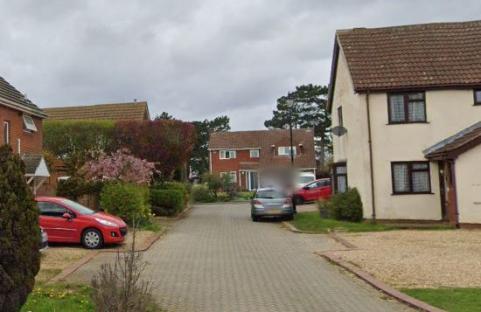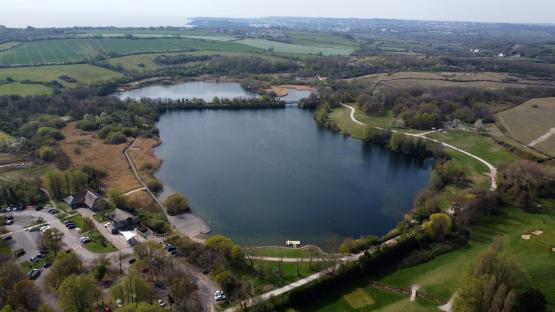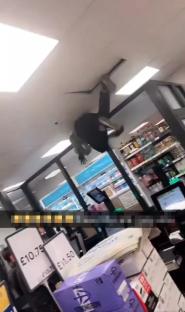Helen Jennens is saddened with the latest number of toxic drug deaths in B.C., but isn't surprised.
The B.C. Coroners Service released its monthly report on Thursday, stating that 158 British Columbians died from an overdose in March, up 41 per cent from the same month last year.
“It's devastating,” Jennens told Global News. “We talk and talk and talk, and the deaths just continue to happen.”
Read more: B.C. paramedics respond to highest-ever number of overdose calls in a single day
According to the report, toxic illicit drugs have killed 498 people during the first three months of 2021 — 97 more than the same time period last year.
Jennens, who lost two sons to overdoses in 2011 and 2016, said the troubling trend will continue unless governments start to take concrete action.
“We do know the answer. We're just afraid to pull the trigger and that's to provide a safe supply of drugs,” she said.
“It really is quite cost-effective, if the taxpayer wants to think about it, because we're not sending scads of EMTs (emergency medical technician) to overdoses and emergency wards are not full of this kind of stuff.”
Jennens said while providing a safe drug supply is a hard sell for many people, she added it's a key component in governments putting a stop to this health crisis once and for all.
“We know that it will save lives, we know it will … but they just won't do it and eventually they will. Eventually, they're just going to have to,” she said.
“We have evidence-based science telling us, you know, what will work. Let's use it. Let's stop the deaths.”
Jennens added that the drug crisis affects people of all walks of life and not just people on the streets.
“We're not talking about the people on the Downtown Eastside or our Leon Avenue,” Jennens said.
“We're talking about, you know, ordinary people who have a substance use disorder and generally are hiding it because of the stigma and shame.”
Read more: Okanagan mothers speak out on 5th anniversary of B.C. overdose health emergency
The B.C. Coroners Service report also found that March marked the third consecutive month that saw, on average, five British Columbians die every day from toxic drugs.
“These five deaths a day, I mean they're just like a machine gun of triggering for us, “she said. “I know that five families a day in British Columbia are impacted like my family is and go through what my family does on a daily basis.”
Chief coroner Lisa Lapointe said the illicit drug supply continues to be volatile and unpredictable.
Carfentanil, for instance, which is 100 times stronger than fentanyl, has been linked to 48 deaths so far this year, compared with 65 for all of 2020.
“Those suppliers are probably rubbing their hands together every time that the government delays at providing a safe supply saying ‘Well, you know, we're still in business guys, we can still be selling this,'” Jennens said.
“It's lethal garbage that they're selling.”
Since 2016, more than 7,000 British Columbians have died of an overdose.




